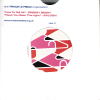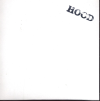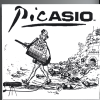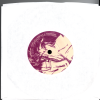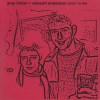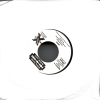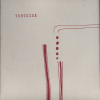New Music
WFC Guinea-Bissau: A batalha de Tabatô
This is a visually arresting film. Some seemingly very strange choices have been made, but it works. I first thought that the actors (and their line readings) we uncomfortably stiff, but then I realised that that’s what the director was going for (a la Robert Bresson).
Mesmerising.
The Battle of Tabato. João Viana. 2013. Guinea-Bissau.
West African Ginger Drink
- 3 ginger roots
- 6 limes
- 2-3 cups of water
- 1 heaped tbsp peppercorns
- 1 heaped tbsp raw sugar
- rum
Chop ginger and lime into pieces (including skin and rind). Add the water and run through a blender. Strain and squeeze into a bowl. Return to the blender and add the peppercorns and sugar and blend until smooth. Strain and squeeze into a sauce pan and bring the liquid to a boil. Allow to cool, add the rum, and strain into an ice-filled lowball glass.
This post is part of the World of Films and Cocktails series. Explore the map.
WFC Iraq: Curse of Mesopotamia
Man, modern life is complicated.
I was going to watch this on my big Ipad, but it turns out that you can’t screenshot this film there, even though the previous film let itself be screenshot. So I had to scramble (since the cocktail was already made) and watched the film on my 10″ Android tablet. (Where screenshotting was not a problem.) (Yes, this makes sense.)
I’m not doing that again, so I have to find a way to … er… do something. An external HDMI screenshotting box? A larger android tablet? Android->HDMI? Is that I thing? Research is needed.
DVDs were so much simpler than newfangled media!
And then there’s the film.
Oh, deer.
This turns out to be more of a low-budget American film than an Iraqi film. I mean, aesthetically and actor in the acting dept. (It’s filmed in Iraq and Jordan, allegedly, but it’s difficult to tell one window-less room in Jordan from a window-less room in Miami. And there are so many scenes in window-less rooms.)
For some reason, American lo-bu films are way more amateurish than, well, anything else in the world. I have no idea why: There’s more of a divide between the pros and the ams in the US than in most places?
The dialogue is physically painful in places, in fact. Literally! But it’s not without a certain charm.
Curse of Mesopotamia. Lauand Omar. 2015. Iraq.
Kubbeh Libre
- 2 parts pomelo juice
- 1 part arak
Combine over ice in a highball glass. Garnish with some sprigs of mint.
I used raki instead of arak, because it’s about the same number of characters.
This post is part of the World of Films and Cocktails series. Explore the map.
WFC Lesotho: The Forgotten Kingdom
After a very pleasurable experience watching The Cave of the Yellow Dog, this was a bit of a downer.
It’s all so… paint by numbers. Daddy issues and people talking and talking and talkin to each other about deep, deep stuff. It’s like, zzz.
It’s not offensively bad or anything: It’s competent, which is the worst thing you can say about a film, perhaps. It’s all so tedious.
The Forgotten Kingdom. Andrew Mudge. 2013. Lesotho.
Lesotho Lady
- 1 part gin
- 1 part grapefruit juice
- dash of agave syrup
- 2 parts brut sparkly wine
Shake the first three ingredients with ice. Pour into a serving vessel and top up with the champers. Stir slightly
This post is part of the World of Films and Cocktails series. Explore the map.


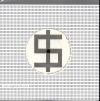
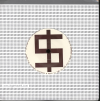



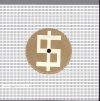
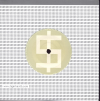

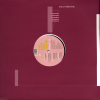
)
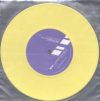

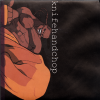
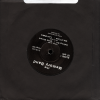
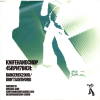



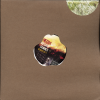
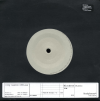

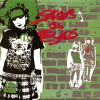
)
